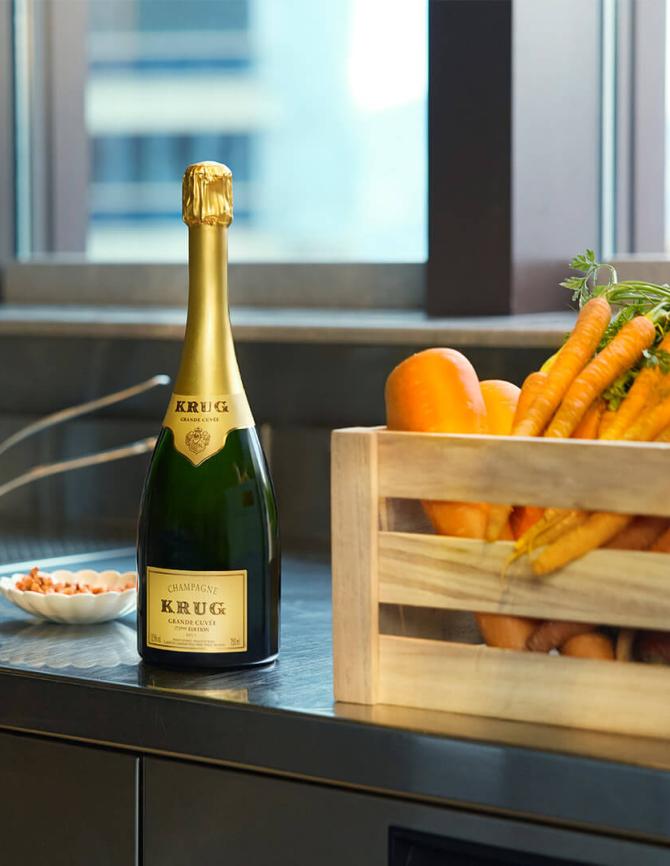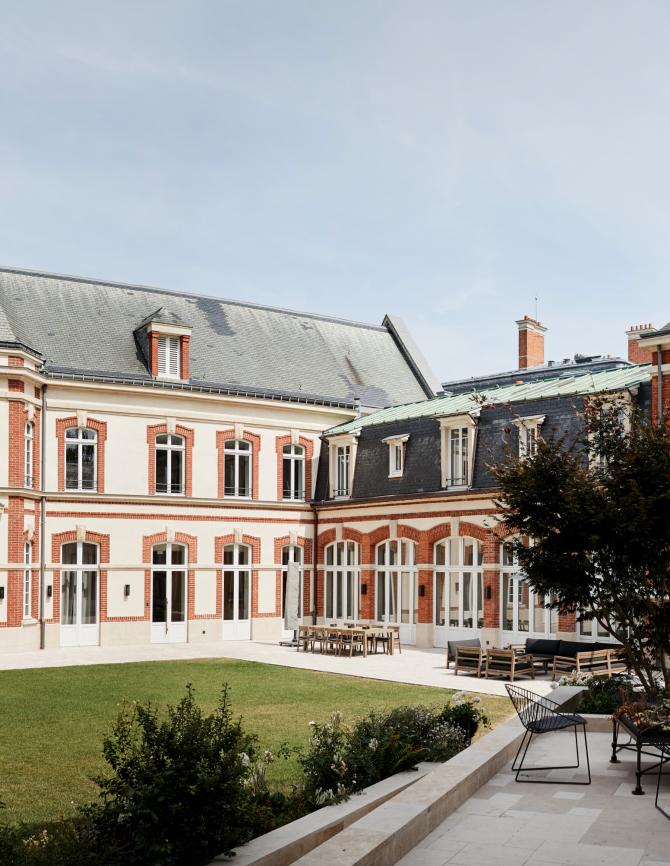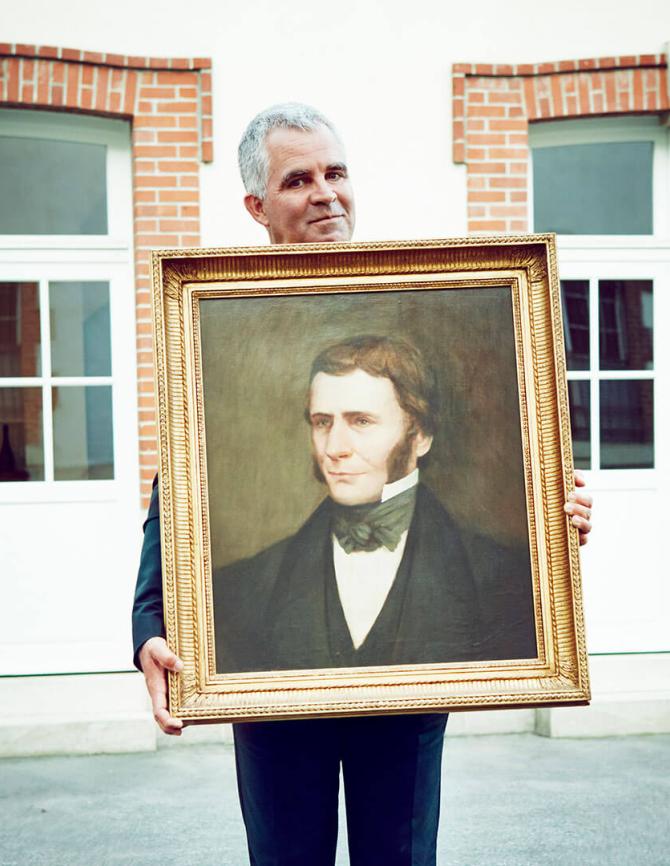クリュッグ シャンパン

スクロールして発見してください
パート 1

妥協を許さない二者の出会い「Every Note Counts(すべての音に意味がある)」:クリュッグのセラーマスターであるジュリー・カヴィルとジャンルを超えた作曲家でありピアニスト、プロデューサーのマックス・リヒターがコラボレーション。正確さへのこだわりと実験的なアプローチへの共感によって生まれた対話。
パート 2
保存される シャンパーニュ
セラーで
メゾン クリュッグは1843年の創業以来、個性や忍耐といったワイン造りの哲学を追求しつつ傑出したシャンパーニュを毎年造ってきました。
クリュッグのセラーから出荷されたシャンパーニュはすべて、今楽しむことも、その先何年も保存することも可能です。
クリュッグのセラーから出荷されたシャンパーニュはすべて、今楽しむことも、その先何年も保存することも可能です。
パート 3

Krug Grande Cuvée
唯一無二のシャンパーニュ

Krug Rosé
フィネスと味わいそのものが見事にバランス良く融合した、類い稀なるシャンパーニュ

クラフツマンシップの柱
ブレンディングの 極意

私たちは毎年、クリュッグ グランド・キュヴェの新たなエディションで、ヨーゼフ・クリュッグのレガシーを受け継いでいます。
収穫後の数ヶ月間、テイスティング委員会は約400種類のワインを評価し、約5000のテイスティング ノートを記録します。
各区画のワインを熟知してこそ、最高醸造責任者のジュリー・カヴィルは見事なブレンディングを実現できるわけです。
クリュッグ
の世界へ
ようこそ

タイトル:
Krug in the Kitchen
内容:
新しい食の冒険へようこそ:「Krug in the Kitchen」それは、クリュッグと食のペアリング。
メゾン クリュッグは、世界中のクリュッグ アンバサダー シェフの力を借り、地味ではあるが多用途に活躍する「ニンジン」という野菜を使った創造的な実験の祭典を開催します。
メゾン クリュッグは、世界中のクリュッグ アンバサダー シェフの力を借り、地味ではあるが多用途に活躍する「ニンジン」という野菜を使った創造的な実験の祭典を開催します。

タイトル:
メゾンを象徴する場所の数々
内容:
メゾンは1843年の創業時よりランスを拠点としていますが、その歴史的な建造物はシャンパーニュ地方全域に散らばっています。シャンパーニュ地方のみならず、メゾンは世界中に存在するクリュッグ・アンバサダーのコミュニティによって、グローバルな存在感を示しています。
場所:

タイトル:
メゾンのストーリー
内容:
ヨーゼフ・クリュッグは、シャンパーニュの本質とは歓びそのものであるとの考えのもと、1843年にメゾン・クリュッグを設立しました。彼の夢は、自身が造り得る最高級のシャンパーニュを、気候に左右されることなく毎年世に送り届けることでした。
場所:
パート 4




